If you have a Monstera plant, you may have noticed that its leaves have started to curl. Don’t worry, this is normal! There are a few reasons why this may be happening, and we’ll go over them all here. We’ll also give you some tips on how to fix the problem.
7 Causes of Monstera Leaves Curling
One of the most common problems that Monstera owners face is leaves that curl up at the edges. There are a few different reasons why this may happen, but luckily, there are also a few different ways to fix the problem.
The first thing to consider is whether or not the plant is getting enough water. If the leaves are curling up at the edges, it could be a sign that the plant is thirsty. Make sure to water your Monstera regularly and check the soil to see if it’s dry before watering.
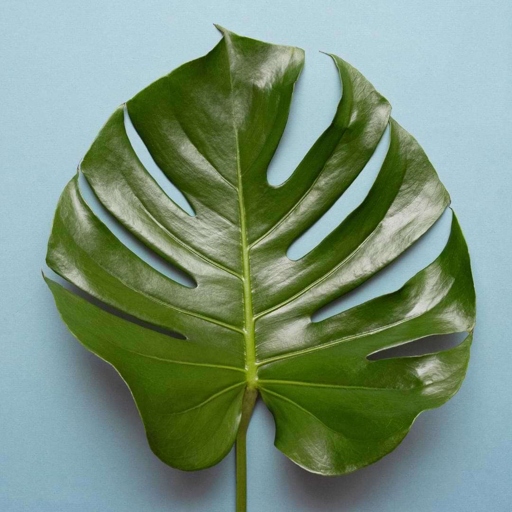
Another possible reason for curling leaves is too much sun. Move the plant to a spot that gets indirect sunlight and see if the problem improves. If the plant is in direct sunlight, the leaves may start to curl up to protect themselves from the harsh rays.
Fertilize the plant regularly and make sure to use a high-quality fertilizer that’s designed for Monsteras. If the plant isn’t getting enough nutrients, it may start to show signs of stress, like curling leaves. Finally, curling leaves could also be a sign of a nutrient deficiency.
Monstera Leaves Curling Due to Underwatering
If your Monstera leaves are curling, it’s likely due to underwatering. Monsteras are native to tropical rainforests, so they’re used to high humidity and lots of water. If it’s dry to the touch, it’s time to water your plant. When they’re grown in dryer climates, they need to be watered more frequently. The best way to tell if your Monstera needs water is to feel the soil.

Underwatering is the most common cause of Monstera leaves curling, but it’s not the only one. Other possible causes include too much sun, too much fertilizer, or pests. If you can’t figure out what’s causing your plant’s leaves to curl, it’s best to consult with a plant expert.
Solution to Underwatering Monstera
When a plant doesn’t get enough water, its leaves will start to wilt and curl in an effort to conserve moisture. The good news is that this problem is easy to fix – just give your Monstera a good drink and it should start to recover within a few hours. If you’re noticing your Monstera’s leaves curling, it’s likely due to underwatering.

You can also try misting your Monstera’s leaves to increase humidity, which will help prevent the leaves from curling. Water your plant deeply and regularly, making sure to let the soil dry out somewhat between waterings. If you think you’re underwatering your Monstera, the best solution is to simply give it more water.
Monstera Leaves Curling Due to Overwatering
The roots of the plant are unable to take up water fast enough, causing the leaves to curl. One of the most common reasons for Monstera leaves curling is overwatering. If you think your Monstera is overwatered, the best course of action is to let the soil dry out completely before watering again.
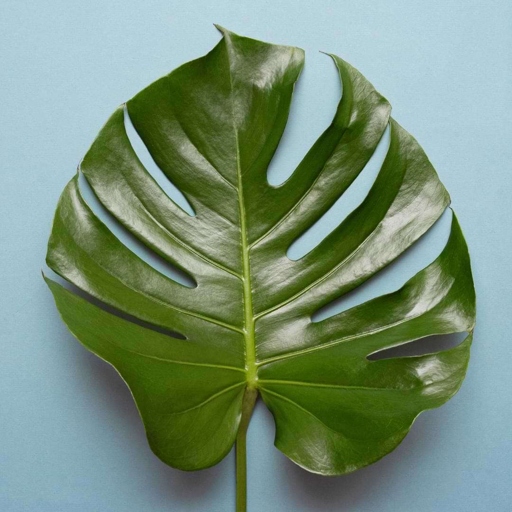
If you suspect one of these is the cause of your plant’s problems, you can try adjusting its environment or treating it with a pesticide or fungicide. Other causes of Monstera leaves curling include too much sun, too much fertilizer, pests, and disease.
However, if the problem persists, it may be necessary to consult a professional. In most cases, curling leaves are not a serious problem and can be easily fixed.
How to Fix Overwatering Problem
This is a common problem for Monstera owners, but luckily, it’s easy to fix. If you’re noticing your Monstera leaves curling, it’s likely due to overwatering.
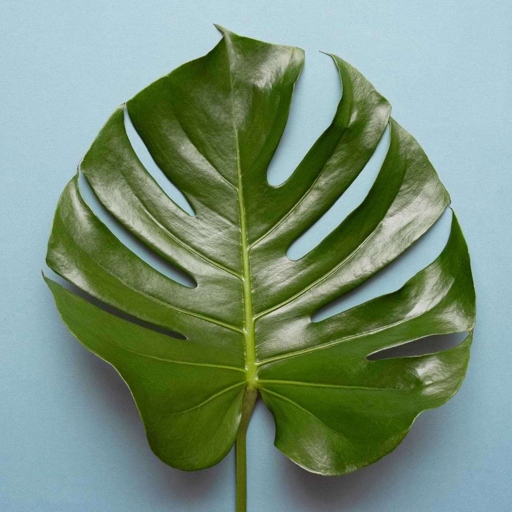
First, take a look at your watering schedule. If you’re already watering every other day, try watering only once a week. Are you watering your Monstera every day? If so, cut back to watering every other day.
Is it soggy or wet? Next, check the soil. If so, it’s time to let the soil dry out. Allow the top inch or two of soil to dry out before watering again.
If you’ve been overwatering your Monstera, you may also notice yellowing leaves. This is normal and will go away once you correct the watering issue.
Overwatering is a common problem, but it’s easy to fix. With a little trial and error, you’ll be able to find the perfect watering schedule for your Monstera.
Chemicals in City Tap Water Can Cause Monstera leaf Curling
Chlorine and fluoride are two of the most common culprits. If you live in a city, there’s a chance that your tap water is full of chemicals that can cause your Monstera leaves to curl. These chemicals can cause the leaves to dry out and curl up at the edges.

You can also try watering your plant with rainwater or distilled water. To fix this problem, you can either filter your water or let it sit out for 24 hours before watering your plant. This will give the chemicals time to evaporate.
Solution to Tap Water Problem
This can be done by moving it to a brighter location or by adding a grow light. One possible solution to the problem of monstera leaves curling is to increase the humidity around the plant. This can be done by misting the leaves with water or placing the pot on a tray of pebbles and water. Finally, the plant may need more water. This can be done by increasing the frequency of watering or by using a larger pot. Another solution is to increase the amount of light the plant receives.
Monstera Leaves Curling Due to OverFertilization
However, too much of a good thing can be harmful, and your plant may start to experience problems if you fertilize it too often or with too high of a concentration. If your Monstera leaves are curling, it could be due to overfertilization. When you fertilize your plant, you are essentially giving it a boost of nutrients that it would otherwise not get from the soil.
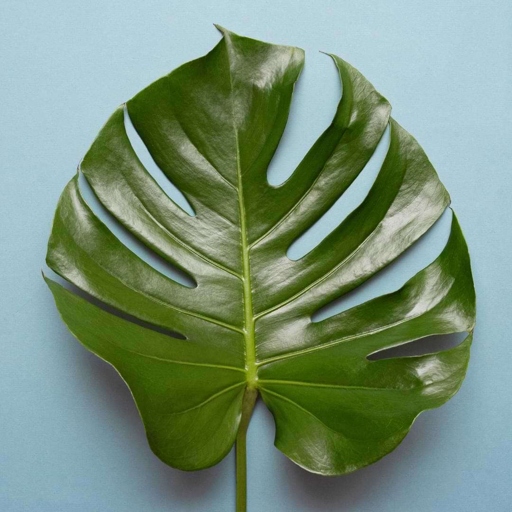
If you’re using a chemical fertilizer, flush the soil with water to help remove some of the excess nutrients. If you think your Monstera is overfertilized, the first step is to cut back on the amount of fertilizer you’re using. You can also try leaching the soil, which involves watering the plant heavily to wash away the excess fertilizer.
Once you’ve cut back on the fertilizer, keep an eye on your plant to see if the leaves start to uncurl. If they don’t, it’s possible that the damage is irreversible and you may need to start over with a new plant.
How to Fix Overfertilizing Issue
Here are a few things you can do to fix the issue: If your Monstera leaves are curling, it could be a sign of overfertilization.
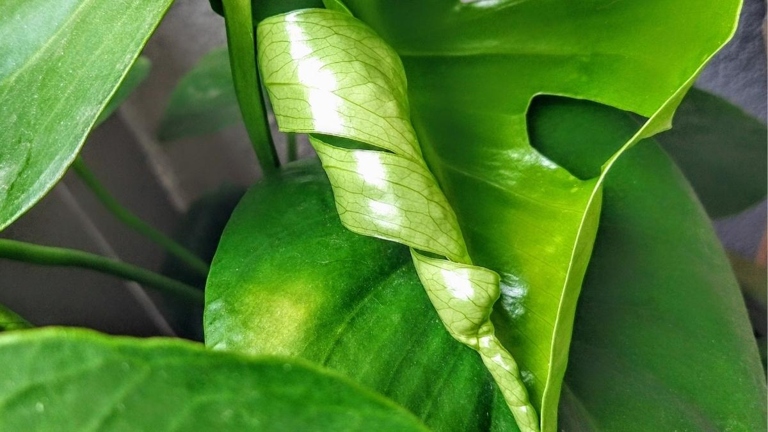
Flush the soil with water. This will help to remove any excess fertilizer that might be causing the problem. 1.
If you’re using a liquid fertilizer, dilute it to half strength. Cut back on fertilizing. If you’re using a granular fertilizer, cut back on the amount you’re using. 2.
Give your plant a break from fertilizer for a few weeks. 3. Let the soil dry out completely between watering to help reduce the risk of overfertilization.
4. If the problem persists, consider repotting your plant in fresh, sterile potting mix.
By following these steps, you should be able to fix the overfertilization issue and get your Monstera leaves back to normal.
Monstera Leaves Curling Due to Temperature Stress
If your Monstera leaves are curling, it could be due to temperature stress. Monsteras are tropical plants, so they prefer warm, humid conditions. If the temperature drops too low, the leaves will curl up to protect themselves.
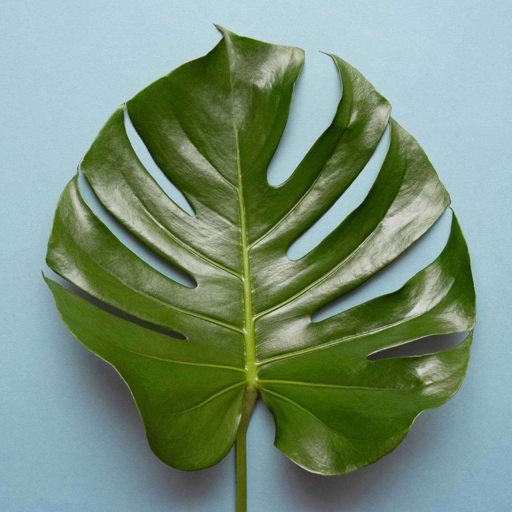
If the curling is severe, you may need to move the plant to a warmer location. To fix this, raise the temperature in your home or office and make sure the plant is getting enough humidity. You can mist the leaves with water or use a humidifier.
Fungal Diseases Can Cause Curling Leaves
Fungal diseases are caused by fungi that live in the soil and on the surface of the leaves. Fungal diseases are one of the most common problems that can affect Monstera plants. These fungi can cause serious damage to the plant if they are not controlled. The symptoms of a fungal disease include curling leaves, yellowing leaves, and brown spots on the leaves.
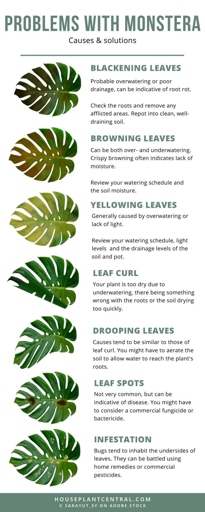
The third step is to improve the drainage in the potting mix. This will help to prevent the spread of the disease. The first step is to remove any affected leaves from the plant. There are several ways to control fungal diseases. There are many different types of fungicides available, so it is important to choose one that is specifically designed for use on Monstera plants. This will help to prevent the fungi from getting established in the first place. The second step is to treat the plant with a fungicide.
How to Fix Root Rot
Root rot is a common problem for houseplants, and can be caused by overwatering, poor drainage, or compacted soil. If you notice your Monstera leaves curling, it could be a sign of root rot. If you think your plant has root rot, there are a few things you can do to try to fix the problem.
If they are brown and mushy, it is likely that your plant has root rot. If the roots are still white and healthy, your plant may just be overwatered. First, check the roots of your plant.
If your plant does have root rot, you will need to repot it in fresh, well-draining soil. Be sure to remove any affected roots, and disinfect your pot and tools before repotting.

Overwatering is the most common cause of root rot, so it is important to be careful not to water your plant too often. Once your plant is in fresh soil, be sure to water it only when the top inch of soil is dry.
Remember to be patient, as it may take a few weeks for your plant to recover. If you think your plant has root rot, these tips should help you fix the problem.
Insect Infestation
You can also look for signs of damage, such as holes in the leaves or chewed edges. You can also use insecticidal soap or neem oil to kill the insects. If you suspect an insect infestation, you should inspect your plant carefully for signs of insects, such as eggs, larvae, or adults. If you find insects on your plant, you can try to remove them by hand or with a hose. Insects can cause leaves to curl in a number of ways, including by piercing them and sucking out the sap, or by eating the leaves themselves. If your Monstera leaves are curling, it could be due to an insect infestation.
How to Eliminate Insects
If your Monstera leaves are curling, it could be due to insects. Here are a few ways to eliminate insects:
Use an insecticide. 1. Be sure to read the label and follow the directions carefully. There are many different types of insecticides available.
There are many recipes available online for natural insecticides. Use a natural insecticide. 2.
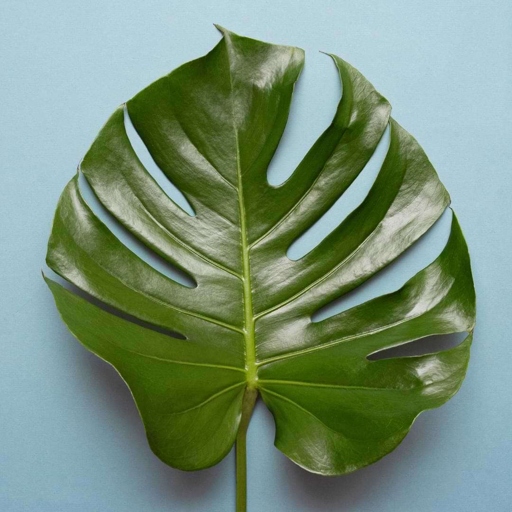
Use a physical barrier. This could include placing a physical barrier such as cheesecloth over the soil to prevent insects from getting to the plant. 3.
Use traps. 4. There are many different types of traps available that can be used to trap and eliminate insects.
Inspect your plant regularly. Be sure to inspect your plant regularly for insects. 5. If you see any, be sure to remove them immediately.
By following these tips, you can eliminate insects and help keep your Monstera leaves healthy and free from curling.
Monstera Leaves Curling Due to Low Humidity
This can be done by misting the leaves regularly, using a humidifier, or placing the plant on a pebble tray. If the air around your plant is too dry, the leaves will start to curl in an attempt to conserve moisture. The best way to fix this problem is to increase the humidity around your plant. One of the most common reasons for Monstera leaves curling is low humidity.

Another common reason for Monstera leaves curling is too much direct sunlight. The best way to fix this problem is to move your plant to a location that gets less direct sunlight. If the leaves are getting too much sun, they will start to curl in order to protect themselves from the harsh rays.
The best way to fix this problem is to water your plant more frequently. If the soil around your plant is dry, the leaves will start to curl in an attempt to conserve moisture. Finally, Monstera leaves can also curl if they are not getting enough water.
How to Help Monstera Dealing with Low Humidity
If your Monstera is dealing with low humidity, there are a few things you can do to help.
This will help to increase the humidity around your plant. First, try misting your plant with water a few times a day. You can also try placing your plant in a humid room, or near a humidifier.

To do this, simply place a layer of pebbles in a tray and add water. Place your plant on top of the pebbles and the water will evaporate, increasing the humidity around your plant. If these methods don’t work, you can try increasing the humidity around your plant by using a pebble tray.
Finally, if your plant is still struggling, you can try moving it to a more humid environment, such as a greenhouse.
New Leaves
Here are seven possible causes of monstera leaves curling, and how to fix them. Monstera leaves curling is a common problem that can be caused by a variety of factors.
If the temperature drops too low, the leaves will curl in an effort to conserve heat. To fix this, make sure the plant is not in a drafty location and that the room temperature is above 65 degrees Fahrenheit. Temperature stress. Monstera plants prefer warm, humid conditions. 1.
To fix this, move the plant to a brighter location. Light stress. 2. Monstera plants need bright, indirect light to thrive. If the plant is not getting enough light, the leaves will curl in an effort to get closer to the light source.
Soil stress. If the soil is too dry or too dense, the roots will not be able to get the moisture and nutrients they need, and the leaves will curl. Monstera plants need well-draining, moist soil to thrive. To fix this, water the plant more frequently and/or repot it in a lighter, more porous soil. 3.
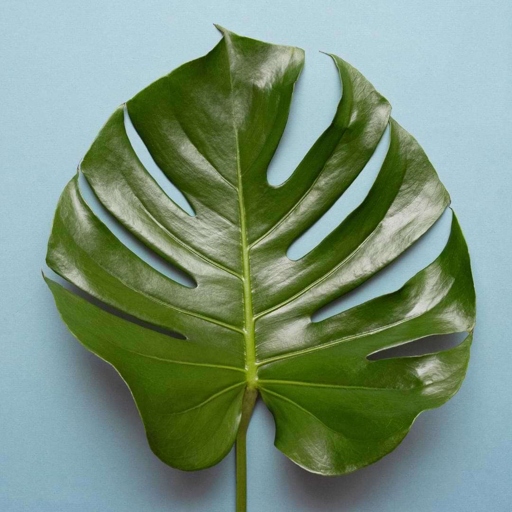
4. If the leaves are curling and the soil is soggy, it’s likely that the plant is getting too much water. To fix this, water the plant less frequently and make sure the pot has drainage holes to allow excess water to escape. Monstera plants are sensitive to overwatering and will suffer if their roots are waterlogged. Water stress.
If the leaves are curling and the plant is not getting enough fertilizer, it’s likely that the plant is lacking in nutrients. Monstera plants need a steady supply of nutrients to thrive. Nutrient stress. To fix this, fertilize the plant more frequently. 5.
If the leaves are curling and the plant is infested with pests, it’s likely that the pests are stressing the plant and causing the leaves to curl. Monstera plants are susceptible to a variety of pests, including aphids, mealybugs, and scale. To fix this, treat the plant with an appropriate pesticide. Pest stress. 6.
To fix this, treat the plant with an appropriate fungicide or bactericide. Monstera plants are susceptible to a variety of diseases, including root rot and leaf spot. If the leaves are curling and the plant is showing signs of disease, it’s likely that the disease is stressing the plant and causing the leaves to curl. 7. Disease stress.
Final Words
Monsteras need bright light to thrive, but too much direct sunlight can scorch their leaves. Finally, be sure to give your plant plenty of bright, indirect light. First and foremost, be sure to keep an eye on the overall health of your plant. By following these simple tips, you can keep your Monstera healthy and happy for years to come. When it comes to the health of your Monstera leaves, there are a few final words to keep in mind. Secondly, always keep an eye on the moisture levels in your soil. Too much or too little water can cause problems for your Monstera. If you see any leaves curling, it’s important to investigate the cause and take steps to fix the problem.
Frequently Asked Questions
1. What are some common causes of Monstera leaves curling?
There are several common causes of Monstera leaves curling, including too much sun, too little water, pests, and disease.
2. What are some signs that my Monstera is getting too much sun?
If your Monstera is getting too much sun, the leaves will start to curl and turn yellow.
3. What are some signs that my Monstera is not getting enough water?
If your Monstera is not getting enough water, the leaves will start to curl and turn brown.
4. What are some signs that my Monstera has pests?
If your Monstera has pests, the leaves will start to curl and turn brown.
5. What are some signs that my Monstera has a disease?
If your Monstera has a disease, the leaves will start to curl and turn yellow.
6. How can I fix my Monstera if it is getting too much sun?
If your Monstera is getting too much sun, you can try to move it to a shady spot.
7. How can I fix my Monstera if it is not getting enough water?
If your Monstera is not getting enough water, you can try to water it more often.
8. How can I fix my Monstera if it has pests?
If your Monstera has pests, you can try to remove the pests with a cotton swab dipped in rubbing alcohol.
9. How can I fix my Monstera if it has a disease?
If your Monstera has a disease, you can try to treat the disease with a fungicide.
10. What should I do if I can’t fix the problem?
If you can’t fix the problem, you can contact a professional for help.
Final thoughts
If your Monstera’s leaves are curling, it could be caused by a number of things, including too much or too little water, too much or too little light, or a lack of nutrients. Luckily, all of these problems can be easily fixed with a little bit of care and attention.
